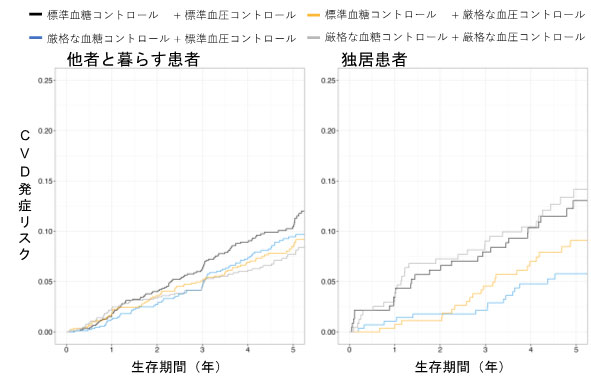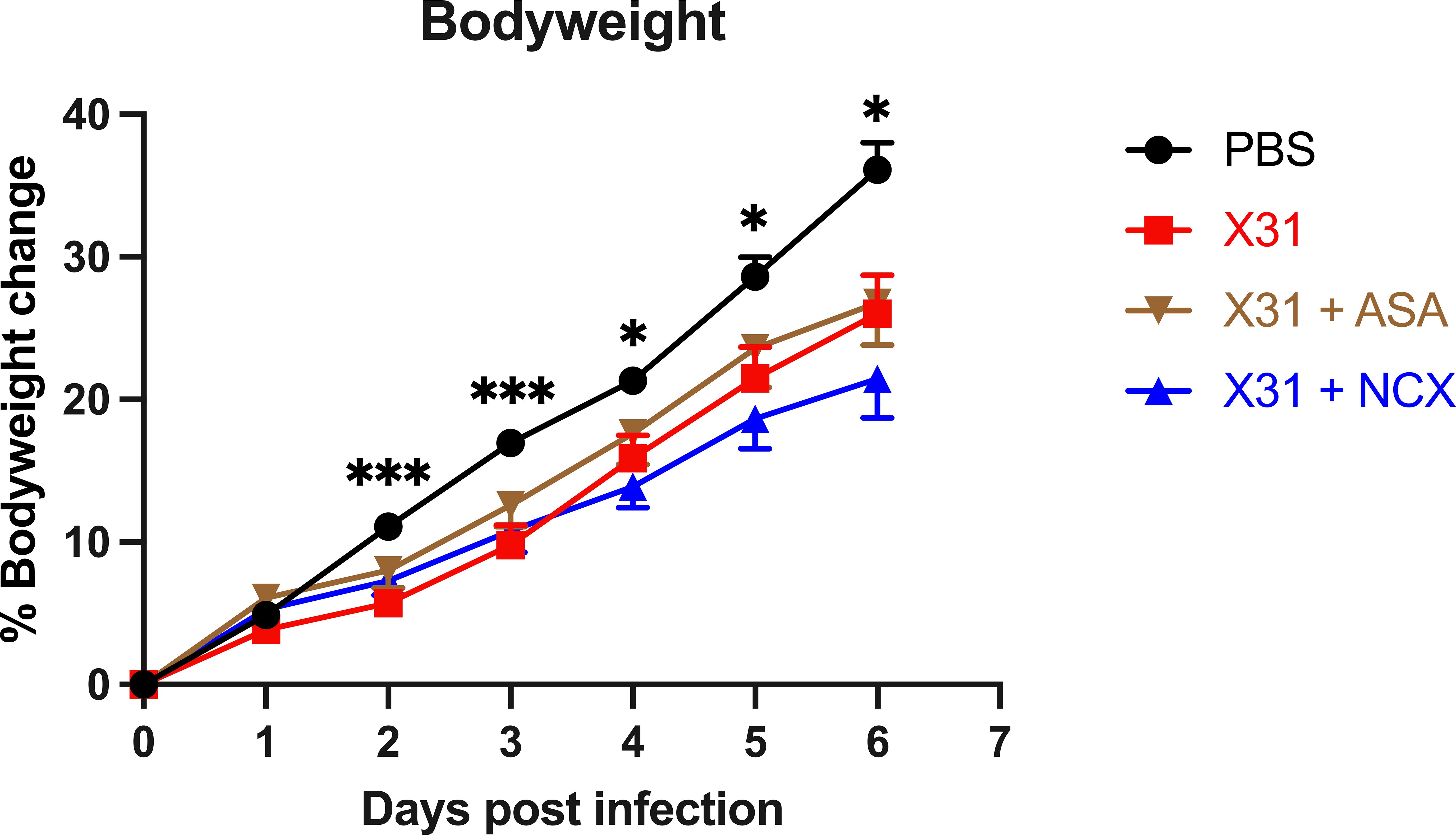2024-07-03 ケンブリッジ大学
<関連情報>
- https://www.cam.ac.uk/stories/blue-and-great-tits-deploy-surprisingly-powerful-memories
- https://www.cell.com/current-biology/fulltext/S0960-9822(24)00813-3
自由に生きる野生のアオジとシジュウカラにエピソードに似た記憶力 Episodic-like memory in wild free-living blue tits and great tits
James R. Davies ,Lasse S. Keuneke,Nicola S. Clayton,Gabrielle L. Davidson
Current Biology Published:July 03, 2024
DOI:https://doi.org/10.1016/j.cub.2024.06.029

Highlights
- Wild blue tits and great tits were tested with two episodic-like memory tasks
- Computerized feeders manipulated foraging experiences at an individual level
- Birds recalled what happened, where, and when, as well as incidental information
- Flexible memory systems may enable generalist foragers to exploit patchy resources
Summary
Episodic-like memory in non-human animals represents the behavioral characteristics of human episodic memory—the ability to mentally travel backward in time to “re-live” past experiences. A focus on traditional model species of episodic-like memory may overlook taxa possessing this cognitive ability and consequently its evolution across species. Experiments conducted in the wild have the potential to broaden the scope of episodic-like memory research under the natural conditions in which they evolved. We combine two distinct yet complementary episodic-like memory tasks (the what-where-when memory and incidental encoding paradigms), each targeting a different aspect of human episodic memory, namely the content (what-where-when) and process (incidental encoding), to comprehensively test the memory abilities of wild, free-living, non-caching blue tits (Cyanistes caeruleus) and great tits (Parus major). Automated feeders with custom-built programs allowed for experimental manipulation of spatiotemporal experiences on an individual-level basis. In the what-where-when memory experiment, after learning individualized temporal feeder rules, the birds demonstrated their ability to recall the “what” (food type), “where” (feeder location), and “when” (time since their initial visit of the day) of previous foraging experiences. In the incidental encoding experiment, the birds showed that they were able to encode and recall incidental spatial information regarding previous foraging experiences (“where” test), and juveniles, but not adults, were also able to recall incidentally encoded visual information (“which” test). Consequently, this study presents multiple lines of converging evidence for episodic-like memory in a wild population of generalist foragers, suggesting that episodic-like memory may be more taxonomically widespread than previously assumed.


